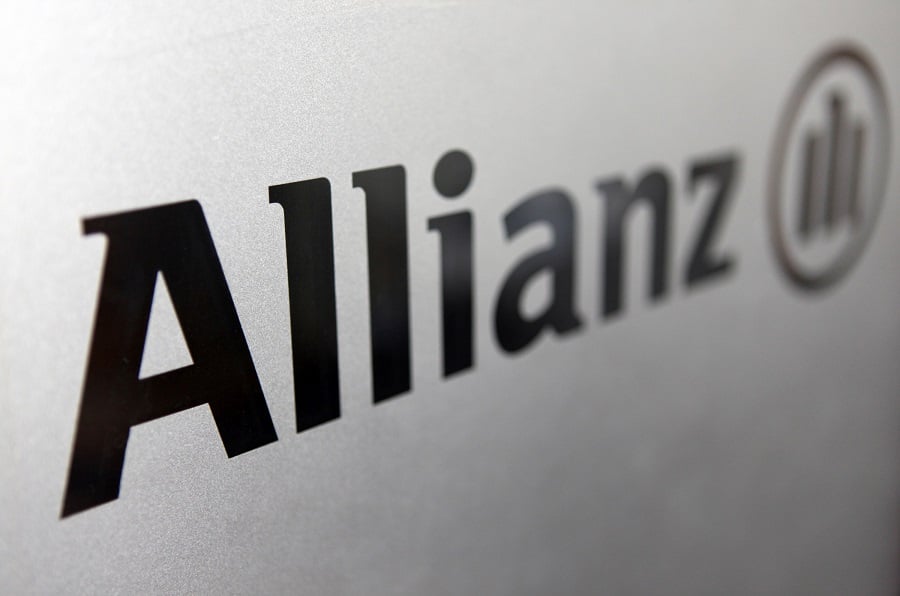

Allianz Investment Management has introduced two exchange-traded funds aimed at matching price returns of the S&P 500 Index, but with less risk.
Through the use of hedging techniques, the AllianzIM U.S. Large Cap Buffer10 Apr ETF and the AllianzIM U.S. Large Cap Buffer20 Apr ETF provide downside protection against the first 10% and 20%, respectively, of any index losses over a set time period. The initial outcome period is June 1, 2020, to March 31, 2021. Subsequent outcome periods are expected to be 12-months in length.
The expense ratio of the funds is 74 basis points, with portfolio management conducted in-house by Allianz.
Recently, in what they say is an effort to bring clarity to the expanding ETF market, several of the largest managers proposed that the funds be reclassified into exchange-traded instruments, notes and commodities, in addition to plain vanilla ETFs. Smaller players say the move represents a power grab by big players by potentially confusing retail investors.
The consortium pressing for the changes — which includes BlackRock Inc., Vanguard Group, Charles Schwab Corp., Fidelity Investments and Invesco Ltd. — says the four distinct categories will boost investor awareness of the different risks.
[More: ETFs now used by 88% of advisers]

The alts giant's latest executive hire builds on its continuing strategy to expand into the private wealth space.

While it's a useful rule of thumb, wealth industry experts agree Social Security benefits, retirement income planning, and individual expenses should also be factored in.

The holdout optimist from Wells Fargo sees market "past peak uncertainty" as trade war fears push many cheerleaders to pare back their predictions.

Last year's standout winners reflect on their triumph as the wealth industry gears up for another unforgettable night in New York City.

Financial advisors are becoming a bit more leery that fees, particularly for their wealthiest clients, are on the verge of taking a hit.
From direct lending to asset-based finance to commercial real estate debt.
RIAs face rising regulatory pressure in 2025. Forward-looking firms are responding with embedded technology, not more paperwork.
